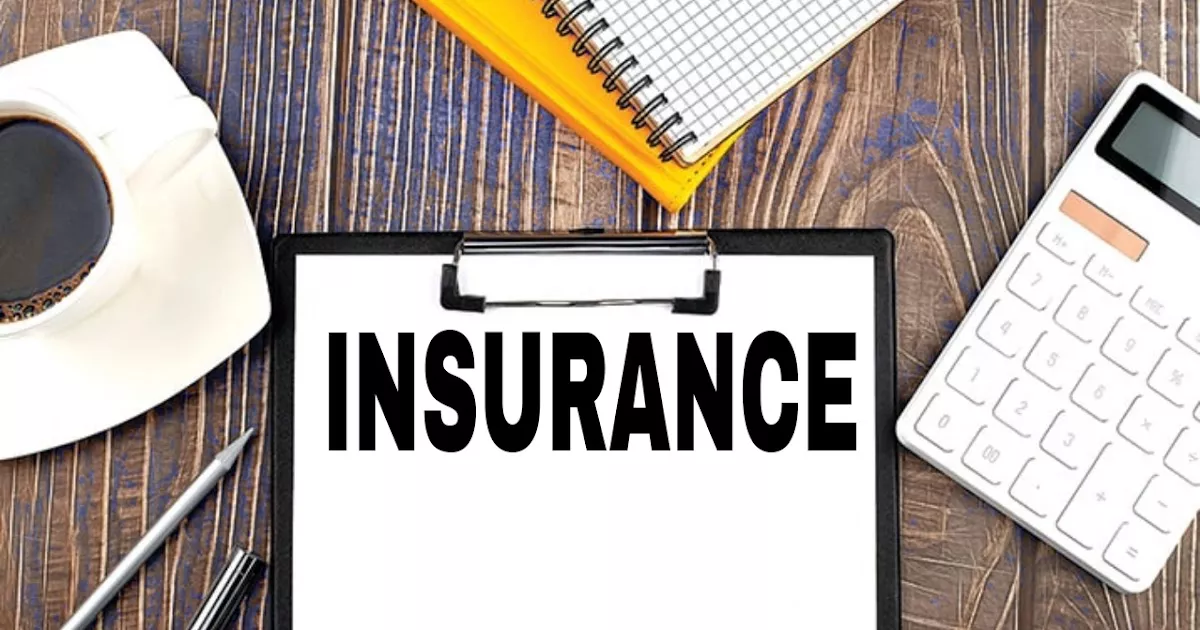Microblading is a semi-permanent cosmetic procedure that enhances the appearance of eyebrows. It involves using a handheld tool to deposit pigment under the skin. Since it is a form of tattooing, professionals in this field face certain risks, including client dissatisfaction, infections, or allergic reactions. To mitigate these risks, microblading insurance is essential.
Insurance for microblading artists provides financial protection against claims related to injuries, negligence, or other liabilities. Without proper coverage, a single lawsuit could jeopardize a business. This article explores the cost factors, types of coverage, and key considerations when choosing a policy.
Factors Influencing Microblading Insurance Costs
The cost of microblading insurance varies depending on several factors. Understanding these can help professionals budget effectively.
Coverage Type and Limits
Insurance policies differ in scope. Some offer general liability, while others include professional liability (also known as malpractice insurance). Higher coverage limits typically mean higher premiums. A basic policy may cover small claims, but expanding coverage increases costs.
Business Location
Geographical location affects pricing. Areas with higher litigation rates or stricter regulations may have more expensive insurance. Urban studios often pay more than those in rural areas due to increased risk exposure.
Experience and Training
Insurers assess risk based on an artist’s experience. Those with certifications from reputable institutions may qualify for discounts. Beginners might pay higher premiums until they establish a claims-free record.
Annual Revenue
A studio’s income influences insurance costs. High-earning businesses may need broader coverage, leading to higher premiums. Smaller operations might opt for basic plans at lower rates.
Types of Coverage for Microblading Professionals
Different policies address various risks. Selecting the right combination ensures comprehensive protection.
General Liability Insurance
This covers third-party claims, such as slip-and-fall accidents in the studio. It does not cover errors in the microblading procedure itself.
Professional Liability Insurance
Also called malpractice insurance, this protects against claims of negligence, mistakes, or unsatisfactory results. Since microblading involves skin penetration, this coverage is crucial.
Product Liability Insurance
If a professional sells aftercare products, this insurance covers claims related to allergic reactions or product defects.
Property Insurance
This protects studio equipment, such as microblading tools and furniture, against theft or damage.
Business Interruption Insurance
If unforeseen events force a studio to close temporarily, this coverage compensates for lost income.
Average Cost of Microblading Insurance
While prices vary, most microblading professionals pay between a few hundred to over a thousand dollars annually. Basic liability policies start at lower rates, while comprehensive plans with high coverage limits cost more.
Some insurers offer pay-as-you-go options, which can be cost-effective for new artists. Bundling multiple policies (e.g., general and professional liability) may also reduce expenses.
How to Reduce Insurance Costs
There are ways to manage premiums without sacrificing necessary coverage.
Compare Multiple Providers
Shopping around helps find competitive rates. Some insurers specialize in beauty industry coverage and offer tailored policies.
Maintain a Safe Studio
Implementing strict hygiene protocols and safety measures can lower risk, potentially reducing premiums.
Increase Deductibles
Opting for a higher deductible lowers monthly payments. However, this means paying more out-of-pocket in case of a claim.
Seek Professional Training
Completing advanced courses or certifications demonstrates expertise, which insurers may reward with discounts.
Common Exclusions in Microblading Insurance
Not all risks are covered. Typical exclusions include:
- Intentional misconduct or criminal acts
- Claims arising from unlicensed practice
- Injuries caused by non-compliance with health regulations
Reading policy details carefully ensures no surprises when filing a claim.
Choosing the Right Insurance Provider
Selecting a reliable insurer is as important as the coverage itself. Key considerations include:
Financial Stability
A provider with strong financial backing is more likely to honor claims. Checking ratings from agencies like A.M. Best can help assess reliability.
Industry Expertise
Insurers familiar with the beauty sector understand unique risks and offer better-suited policies.
Customer Support
Efficient claim processing and responsive customer service are vital in stressful situations.
The Importance of Reading Policy Fine Print
Many professionals make the mistake of assuming all insurance policies are the same. However, subtle differences in wording can significantly impact coverage. Some policies may exclude certain pigments or aftercare products, while others might not cover claims arising from touch-up sessions. Taking the time to review the terms ensures no gaps in protection. Consulting an insurance broker who specializes in cosmetic procedures can help clarify complex clauses.
The Role of Client Consent Forms
While insurance provides financial protection, proper documentation is equally important. A well-drafted client consent form can prevent frivolous lawsuits. These forms should outline potential risks, aftercare instructions, and the non-permanent nature of results. Including a clause stating that the client has no known allergies to pigments adds an extra layer of legal protection. Keeping signed forms on file demonstrates due diligence if a dispute arises.
How Claims History Affects Future Premiums
Filing frequent claims can lead to higher premiums or even policy cancellations. Some insurers offer “claims forgiveness” programs where a first-time claim doesn’t trigger a rate increase. Maintaining a clean record by resolving minor disputes out-of-pocket may be more cost-effective in the long run. Additionally, some providers offer discounts for claim-free periods, rewarding low-risk behavior.
Emerging Trends in Microblading Insurance
The industry is evolving with new technologies like digital microblading machines and organic pigments. Insurers are gradually adapting their policies to cover these innovations. Some now offer cyber liability add-ons for studios that store client data electronically. Another growing trend is on-demand insurance for pop-up studios or traveling artists. Staying informed about these developments helps professionals secure the most up-to-date coverage.
Conclusion
Microblading insurance is a necessary investment for professionals in this field. Costs depend on coverage type, location, experience, and business size. General liability, professional liability, and product liability are common policies. Comparing providers, maintaining safety standards, and seeking training can help manage expenses. Understanding policy exclusions and choosing a reputable insurer ensures adequate protection. By securing the right insurance, microblading artists can focus on their craft with peace of mind.
Related Topics:
Why Don’t Psychiatrists Take Insurance?
































